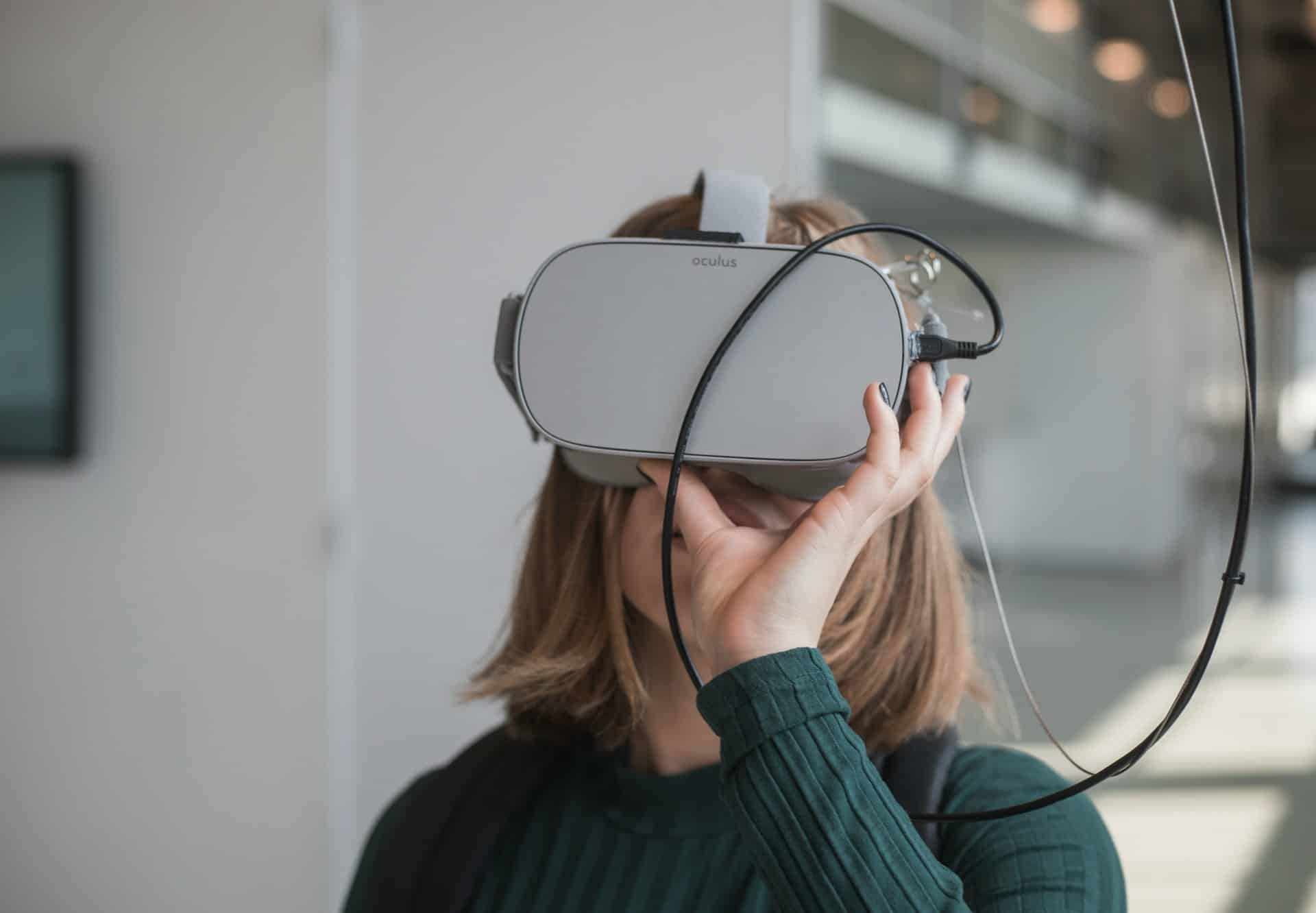Creating an engaging and spine-chilling experience in horror VR games relies heavily on the careful orchestration of immersive audio. Without sound, even the most visually impressive virtual reality (VR) horror games can fall flat, failing to evoke the intended emotional response from players. In this article, we’ll delve into how developers can harness immersive audio to enhance the tension and create a truly terrifying experience for their audience.
The Role of Sound Design in Horror VR Games
Sound design plays a pivotal role in shaping the gaming experience, particularly in the realm of horror games. From the ambient noises that set the mood to the sudden sound effects that make the player jump, every element of audio needs to be meticulously crafted.
This might interest you : What are the best methods for creating realistic lighting effects in open-world exploration games?
For developers, the challenge lies in striking the right balance between subtlety and intensity. Subtle sounds like distant whispers or creaking floorboards can heighten the player’s sense of unease, while more intense audio effects like sudden screams or loud crashes can deliver the all-important jump scares. The goal is to create an immersive auditory environment that keeps the player on edge, never quite sure what to expect next.
In VR, this becomes even more crucial because the player is fully immersed in the virtual world. There’s no comfortable distance between them and the game; they’re right there in the thick of it. This proximity makes the impact of sound design even more profound, as every noise feels more immediate and personal.
This might interest you : What are the key factors in designing intuitive navigation systems for complex open-world games?
Utilizing Spatial Audio for Immersion
Spatial audio is a game-changer in the world of VR gaming. Unlike traditional stereo sound, which comes from fixed left and right channels, spatial audio can simulate sound coming from any direction. This is achieved through complex algorithms that mimic how sound waves interact with the environment and the listener’s ears.
In a horror game, this means that the player can hear a door creaking open behind them or footsteps approaching from the side. This level of immersion makes the game world feel more real and, consequently, more terrifying. Developers can use spatial audio to great effect by carefully positioning sounds to create a sense of presence and danger.
For example, if a player hears a whisper in their left ear, they’ll instinctively turn their head to look in that direction. This not only enhances the immersive experience but also makes the player feel more involved in the game. They’re not just passively observing; they’re actively participating in the virtual world.
The Impact of Sound Effects on Player Fear
Sudden Sound Effects
Sound effects are the bread and butter of horror games. They can create a jarring, visceral reaction that heightens the player’s fear and tension. One of the most effective techniques is the use of sudden, unexpected sounds. These can range from a loud crash to a piercing scream, designed to startle the player and induce a momentary panic.
Ambient Sounds
Ambient sounds are equally important in horror game sound design. These are the background noises that fill the game world, like the wind howling through a deserted street or the distant sound of dripping water. These sounds create an atmosphere of unease, making the player feel constantly on edge even when nothing overtly frightening is happening.
The Balance of Silence
Equally important is knowing when to use silence. A sudden drop in background noise can be as unnerving as a loud sound effect. It signals to the player that something is about to happen, heightening their anticipation and fear. This technique is particularly effective when used in conjunction with spatial audio, as it makes the return of sound all the more impactful.
The Importance of Voice Acting in Horror Games
Character Voices
In horror VR games, voice acting can add a deeply unsettling layer to the player’s experience. Whether it’s the haunting murmur of a ghost or the manic laughter of a deranged antagonist, well-executed voice acting can create memorable and terrifying characters.
Environmental Voices
Beyond character voices, environmental voices also play a crucial role. These are the disembodied voices that might whisper in the player’s ear or call out from a darkened room. Using spatial audio, developers can position these voices in such a way that they seem to come from a specific direction, compelling the player to look around and heightening their sense of immersion.
Emotional Authenticity
The key to effective voice acting in horror games is emotional authenticity. The voice actors need to fully commit to their roles, conveying genuine fear, anger, or madness. This emotional depth helps to draw the player into the story and create a more immersive and terrifying experience.
Integrating Haptic Feedback for a Multi-Sensory Experience
While audio plays a vital role in immersive horror games, it’s not the only tool at a developer’s disposal. Haptic feedback can add a tactile dimension to the gaming experience, making the player feel physically connected to the virtual world.
Synchronized Sensations
By synchronizing haptic feedback with audio, developers can create a more cohesive and immersive experience. For example, if the player feels a vibration in their controller when they hear a loud crash, it enhances the impact of the sound, making it feel more real and immediate.
Tactile Cues
Haptic feedback can also be used to provide tactile cues, guiding the player’s attention or signaling danger. A sudden vibration might indicate that something is about to happen, adding another layer of tension and fear. This multi-sensory approach helps to fully immerse the player in the game world, making the experience more engaging and terrifying.
Enhancing Emotional Responses
By integrating audio and haptic feedback, developers can enhance the player’s emotional responses to the game. The combination of sound and touch can create a more visceral reaction, heightening the player’s sense of fear and tension. This multi-sensory approach is particularly effective in horror VR games, where the goal is to create a deeply immersive and emotionally engaging experience.
In summary, immersive audio is a critical component in enhancing the tension in horror VR games. By utilizing sound design, spatial audio, sound effects, and voice acting, developers can create a deeply immersive and terrifying experience for their players. Additionally, integrating haptic feedback can further enhance the player’s sense of immersion, making the game feel more real and immediate.
For developers looking to create the ultimate horror gaming experience, the key is to pay attention to every detail of the audio design. From the ambient sounds that set the mood to the sudden effects that make the player jump, every element needs to be meticulously crafted to create a cohesive and terrifying experience.
By understanding the role of sound in immersive gaming and utilizing the latest technologies and techniques, developers can create horror games that are not only visually stunning but also emotionally gripping. The result is a gaming experience that leaves players breathless and eager for more, fully immersed in the terrifying world that has been created for them.
Ultimately, the power of sound design in horror VR games lies in its ability to tap into the player’s most primal emotions, creating a sense of fear and tension that is both thrilling and unforgettable.











